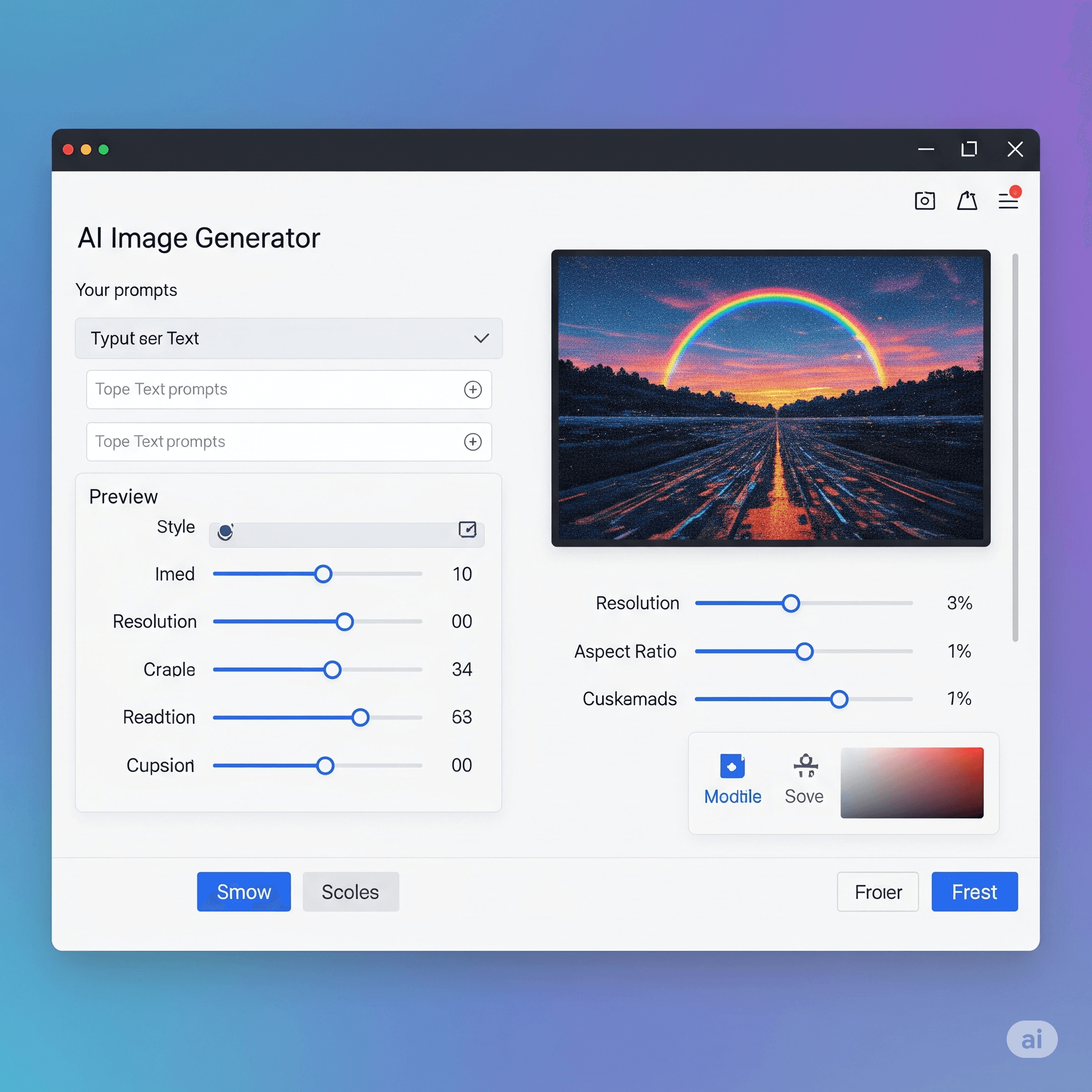Question: Multi-path routing can be achieved in
Answer:
To clarify, multi-path routing can be achieved in both distance-vector and link-state routing protocols. Let's take a closer look at each type:
- Distance-Vector Routing Protocols:
- Routing Information Protocol (RIP): RIP is a distance-vector protocol that traditionally supports only a single best path to a destination. However, some implementations of RIP, such as RIPng (RIP Next Generation), can support multiple paths by utilizing equal-cost multipath (ECMP) routing.
- Enhanced Interior Gateway Routing Protocol (EIGRP): EIGRP is a hybrid routing protocol that incorporates distance-vector and link-state features. It supports unequal-cost load balancing, enabling the use of multiple paths with varying metrics.
- Link-State Routing Protocols:
- Open Shortest Path First (OSPF): OSPF is a widely used link-state routing protocol. It supports multi-path routing through the use of multiple equal-cost paths (ECMP) to a destination network. OSPF calculates shortest paths based on link-state information and can distribute traffic across these paths for load balancing purposes.
- Intermediate System to Intermediate System (IS-IS): IS-IS is another link-state routing protocol that operates similarly to OSPF. It can calculate multiple equal-cost paths and achieve load balancing across them.
Both distance-vector and link-state routing protocols can be configured to utilize multi-path routing. Link-state protocols, such as OSPF and IS-IS, generally have built-in mechanisms to handle multiple paths and load balancing. On the other hand, distance-vector protocols like RIP and EIGRP may require specific configurations or extensions to enable multi-path routing capabilities, such as ECMP or unequal-cost load balancing.
MCQ: Multi-path routing can be achieved in
Explanation:
To clarify, multi-path routing can be achieved in both distance-vector and link-state routing protocols. Let's take a closer look at each type:
- Distance-Vector Routing Protocols:
- Routing Information Protocol (RIP): RIP is a distance-vector protocol that traditionally supports only a single best path to a destination. However, some implementations of RIP, such as RIPng (RIP Next Generation), can support multiple paths by utilizing equal-cost multipath (ECMP) routing.
- Enhanced Interior Gateway Routing Protocol (EIGRP): EIGRP is a hybrid routing protocol that incorporates distance-vector and link-state features. It supports unequal-cost load balancing, enabling the use of multiple paths with varying metrics.
- Link-State Routing Protocols:
- Open Shortest Path First (OSPF): OSPF is a widely used link-state routing protocol. It supports multi-path routing through the use of multiple equal-cost paths (ECMP) to a destination network. OSPF calculates shortest paths based on link-state information and can distribute traffic across these paths for load balancing purposes.
- Intermediate System to Intermediate System (IS-IS): IS-IS is another link-state routing protocol that operates similarly to OSPF. It can calculate multiple equal-cost paths and achieve load balancing across them.
Both distance-vector and link-state routing protocols can be configured to utilize multi-path routing. Link-state protocols, such as OSPF and IS-IS, generally have built-in mechanisms to handle multiple paths and load balancing. On the other hand, distance-vector protocols like RIP and EIGRP may require specific configurations or extensions to enable multi-path routing capabilities, such as ECMP or unequal-cost load balancing.
Discuss a Question
Related Questions
- 1. Distance vector protocols are
- 2. The word PPP stands for
- 3. The frequency range of wireless LAN is
- 4. _______ are wireless network standard with a data rate of only 2Mbps
- 5. Cellular radio has another popular names as
- 6. The disadvantages of mobile communication are
- 7. Repeater operates in which layer of the OSI model
- 8. ETSI stands for
- 9. GSM(Global System for Mobile Communication) is a _______ digital mobile telephones standard using a combination Time Division Multiple Access(TDMA) and FDMA(Frequency Division Multiple Access)
- 10. How many frames are included for traffic in TDMA , if the total duration of traffic is 100 seconds and each frame in the TDMA system has a duration of 5 seconds.
You may be interested in:
Data Communication & Networking MCQs






